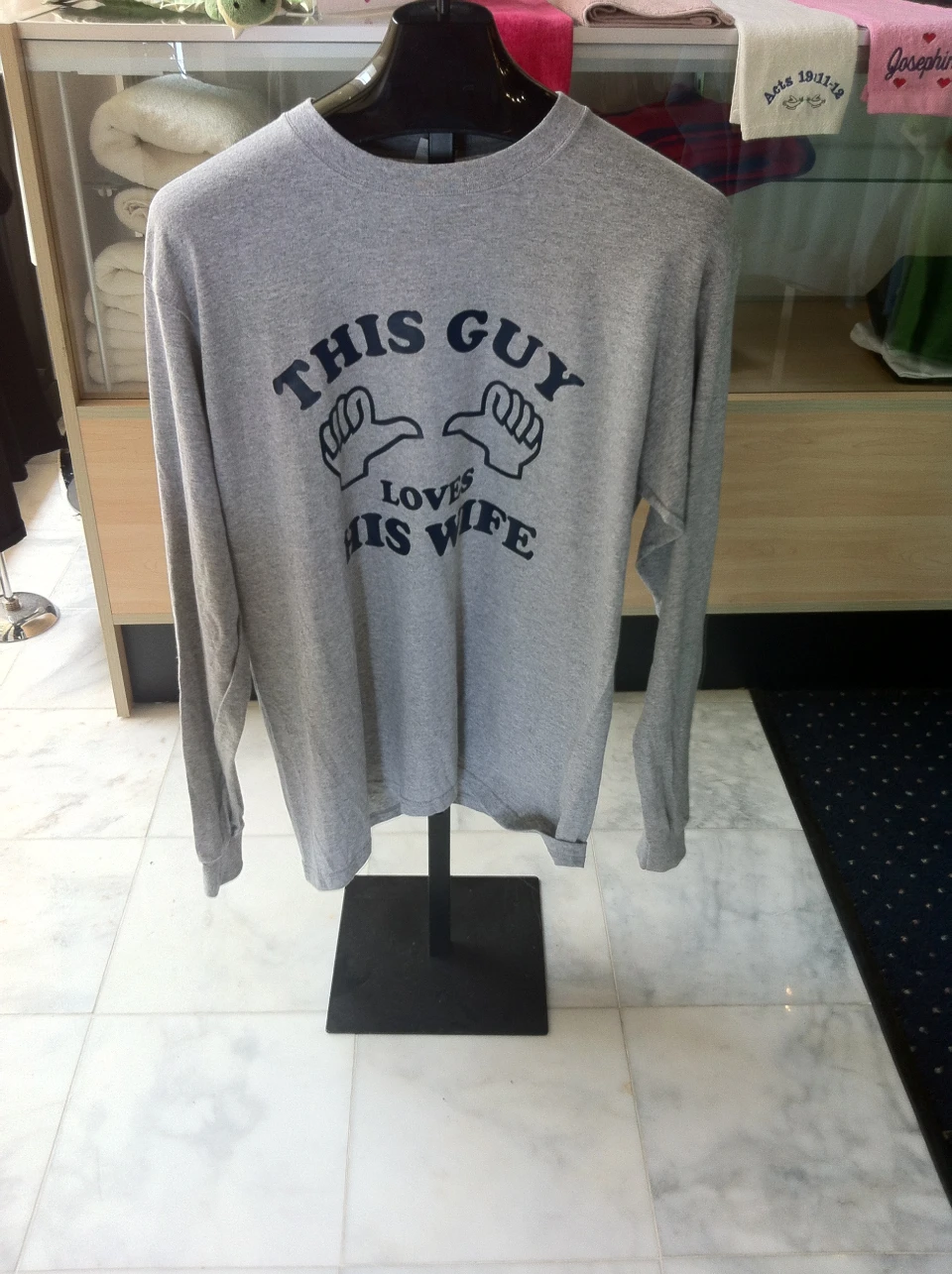Personalized Embroidery for All Your Demands - From School Uniforms to Sports Teams
Personalized Embroidery for All Your Demands - From School Uniforms to Sports Teams
Blog Article
The Art of Custom Embroidery: Unlocking the Secrets to Creating Distinct and Unforgettable Styles
The secrets to producing custom embroidery designs that astound the eye and leave a long-term impact lie in a delicate balance of method, creativity, and focus to information. As we delve into the globe of custom-made needlework, we reveal the nuanced interaction between string option, sew intricacy, and layout personalization that elevates a mere garment to a work of art.
Choosing the Right Needlework Threads
When picking needlework strings, what crucial aspects should you think about to ensure the very best results for your personalized styles? The choice of embroidery string is crucial in establishing the last result of your stitched style. One of the main considerations is the product of the thread. Various materials such as cotton, polyester, rayon, and silk provide differing levels of luster, longevity, and appearance. It is vital to pick a thread product that matches the material you are stitching on and lines up with the wanted look of the design.
Thicker strings can include dimension and texture to your style, while finer threads are suitable for complex information and little message. In addition, taking into consideration the shade fastness and washability of the thread is vital to make certain that your personalized layouts preserve their quality and vibrancy over time.
Checking Out Different Stitch Methods
To explore the realm of 'Discovering Various Stitch Methods', one should understand the details and nuances that each sewing technique brings to the art of needlework. Different stitch methods not only include visual interest yet also add to the overall appearance and measurement of the layout. One prominent stitch method is the satin stitch, which involves carefully packed parallel stitches to develop a smooth and glossy surface, perfect for filling up in forms and developing strong describes.
On the various other hand, the backstitch is a flexible strategy commonly made use of for detailing and adding fine information. It involves stitching backwards to create a solid line of needlework. In addition, the French knot stitch includes a tactile aspect to layouts, ideal for creating textured accents like flower facilities or decorative touches.
Exploring different stitch methods permits embroiderers to have fun with light, shadow, and deepness within their layouts, elevating the visual allure and imaginative high quality of their embroidery jobs. By understanding various stitching methods, one can unlock limitless opportunities for developing distinct and memorable custom embroidery pieces.
Incorporating Personalized Style Components
Having checked out the complexities of different stitch techniques such as the satin stitch, backstitch, and French knot, go to this website the emphasis currently moves towards including personalized layout elements in personalized needlework projects. Personalized layout aspects play a critical role in making needlework jobs truly special and memorable.
Another way to integrate tailored style components is by consisting of symbols or themes that hold unique meaning to the recipient or mirror their rate of interests and personality. For instance, including a preferred blossom, animal, or hobby-related icon can make the embroidery design a lot more meaningful and tailored. Additionally, selecting shades that resonate with the recipient or line up with the desired theme can additionally enhance the personalization of the needlework job.
Mastering the Art of Shade Control

One secret facet of color control is understanding shade theory. This consists of knowing exactly how various colors connect with each various other, the emotions they communicate, and exactly how they can be incorporated to create aesthetically attractive layouts. By applying color theory concepts, embroiderers can create unified color palettes that improve the general appearance of the style.
In addition, paying attention to contrast is critical in shade control. Using contrasting shades can aid certain elements of the style pop, enhance legibility, and create an aesthetically dynamic embroidery piece. By mastering the art of shade control, embroiderers can elevate their layouts and create memorable pieces that reverberate with customers and visitors alike.
Enhancing Appearance With Advanced Needlework Stitches

Bullion knots, on the other hand, can be made use of to develop twisted, ropelike components that add a luxurious feel to the needlework. Experimenting with these advanced needlework stitches enables you to press the limits of traditional embroidery and develop really one-of-a-kind and visually enticing structures in your layouts.
Conclusion
Finally, the art of customized needlework involves a mix of picking the best strings, discovering various stitch methods, incorporating individualized design aspects, grasping color coordination, and enhancing appearance with advanced stitches. By understanding and implementing these crucial elements, embroiderers can create special and unforgettable designs that showcase their imagination and ability. Needlework fanatics can open the secrets to developing gorgeous and bespoke pieces that stick out and leave a long-term impact.
Report this page